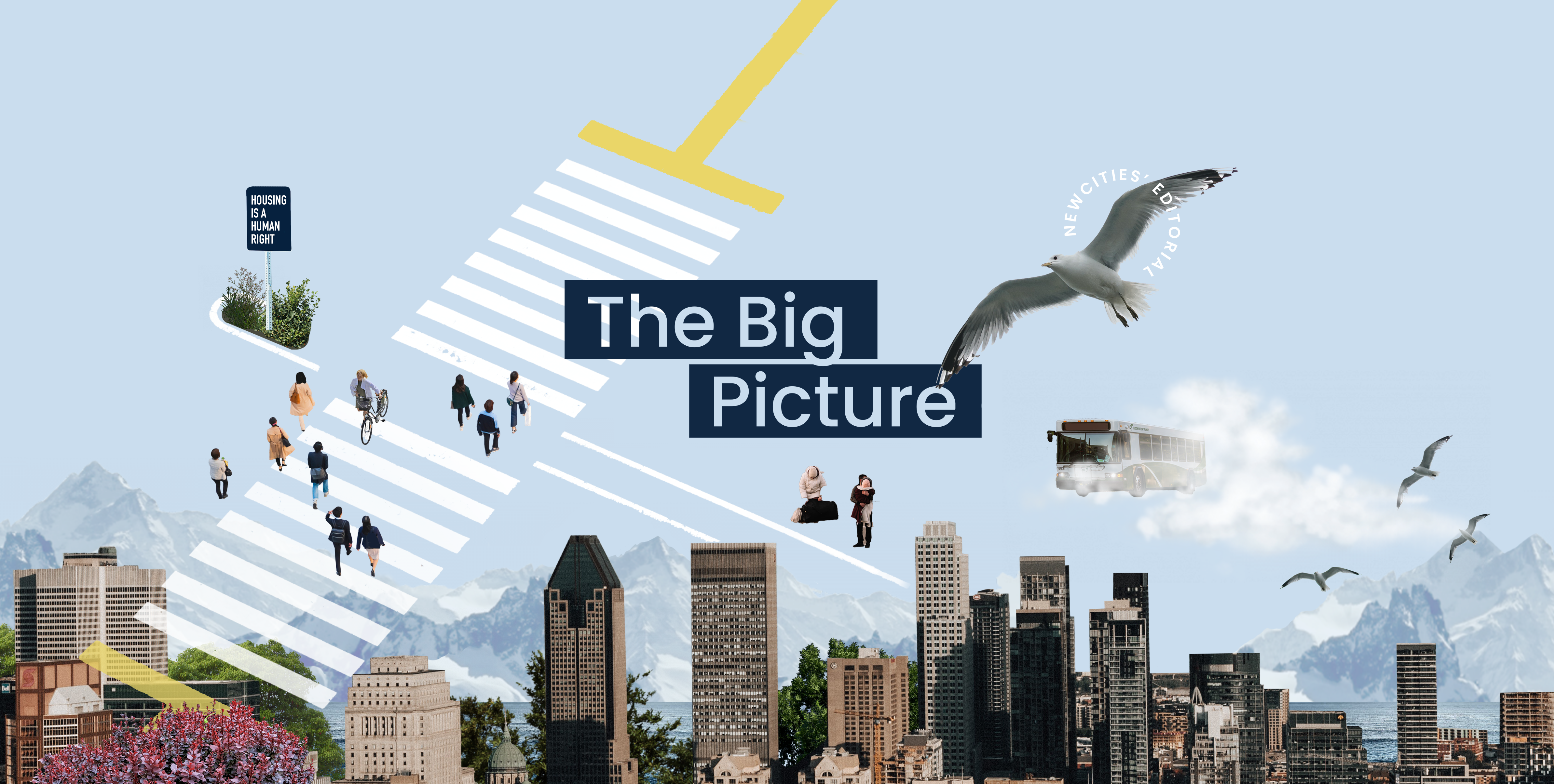
Fostering An Innovative Ecosystem for Inclusive Community Building with Refugee Citizens
October 25, 2022 — The Big Picture
By Jan Braat and Niene Oepkes
As an official Human Rights City, Utrecht in the Netherlands aims to be a welcoming city for everyone. During the Syrian asylum crisis of 2015-2016, the City of Utrecht developed Plan Einstein, a bold and innovative concept to receive newly arrived refugees. The program was designed to transform hostile neighborhoods into more welcoming ones by contributing to positive social change and responding to community needs. Plan Einstein was funded by the European Commission’s Urban Innovation Actions program, a first-time fund for innovative municipal projects. It was even recently chosen as one of the top twelve innovative projects of this UIA fund.
The plan came in the form of a reception center that would act as a community hub for residents and refugees alike. The idea was to create a safe space for meaningful encounters with an emphasis on building social cohesion.
The Plan Einstein concept always looks for an opportunity to address neighborhood social issues and meet that need with the influx of new refugees or migrants. So from the start, the apprehended negative is accompanied by a much-desired good.
Of course, introducing newcomers into a new neighborhood can cause initial tension and frustrations before gaining public support. Why were refugees housed immediately, while the young Dutch generation had to wait years for social housing due to shortages? Offering quality housing for neighborhood youth was a major concern in this particular neighborhood. That is why using a place-based approach is key to the success of any social integration program.
Because the residents are the bridge between the neighborhood and newcomers, it is important to select the right mix of Dutch from the neighborhood itself.
The magic formula is then community building and co-housing combined with all kinds of activities and self-development opportunities. It is not a blueprint, as you have to find the common denominator for that specific neighborhood. It should be attractive and fun. Gaining positive publicity helps to nurture a sense of pride throughout the community. Plan Einstein thus created a change for the better in the existing neighborhood and the inclusion and development of refugees.
Even throughout the design of the building, features were conceived to promote connection and integration. The plan was to build a social space in Utrecht that would be open, not feel like a ‘detention centre’ or more or less a ‘border camp’ as conventionally run by the national government. The U-shaped office is rich in windows and open for refugees and people from the neighborhood to work together on self-development, build a network, and feel or show a welcoming attitude.
In this specific building, we chose to dedicate one leg of the U to housing young locals, eager for housing of their own. The open inner square was “greened’ in line with Utrecht’s green and environmentally conscious city vision. The green space allowed residents to cultivate new gardening skills and promote old gardening or agriculture abilities in the refugee group.
All kinds of activities, like sports, cultural classes, cooking, and eating together, are organized inclusively. We started by offering English classes to create a common language. The Dutch language is difficult to learn, and we saw the advantage of teaching a common language with equal starting ground. There were not many English-speaking residents in this poor neighborhood, so people jumped on the occasion for free courses together with the refugee group. The joint lessons in English, entrepreneurship, and artisan crafts, offered opportunities for everyone to build on their future in a low threshold welcoming environment. The classes took place in the quiet urban ‘grand café’ open setting, where there is always free coffee, tea, or water. The space is complete with tables to work on, couches to relax on, a piano in the corner, books, handmade paintings on the walls, and a play space for children.
When you create a plan that promotes social infrastructure and cohesion instead of division, national government intervention is much less needed when it comes to regulation and security. We proved it is possible and that everyone can gain from it. In Utrecht, it is now a structural policy that applies to all new reception centers for refugees. In another gentrified neighborhood with many elderly people, where co-living was not opportune, Plan Einstein reorganized itself with outreach hubs in the neighborhood, and community centers attractive for all.
It proved easy for all political parties to support Plan Einstein as we consciously relate to their core convictions: to be safe, social, caring, and environmentally conscious. Although the political discussion is polarized on the national and international levels, a smart Plan Einstein concept could help solve that.
Einstein was a refugee himself, and to quote him: “You cannot solve problems with the same kind of thinking used while creating them.”